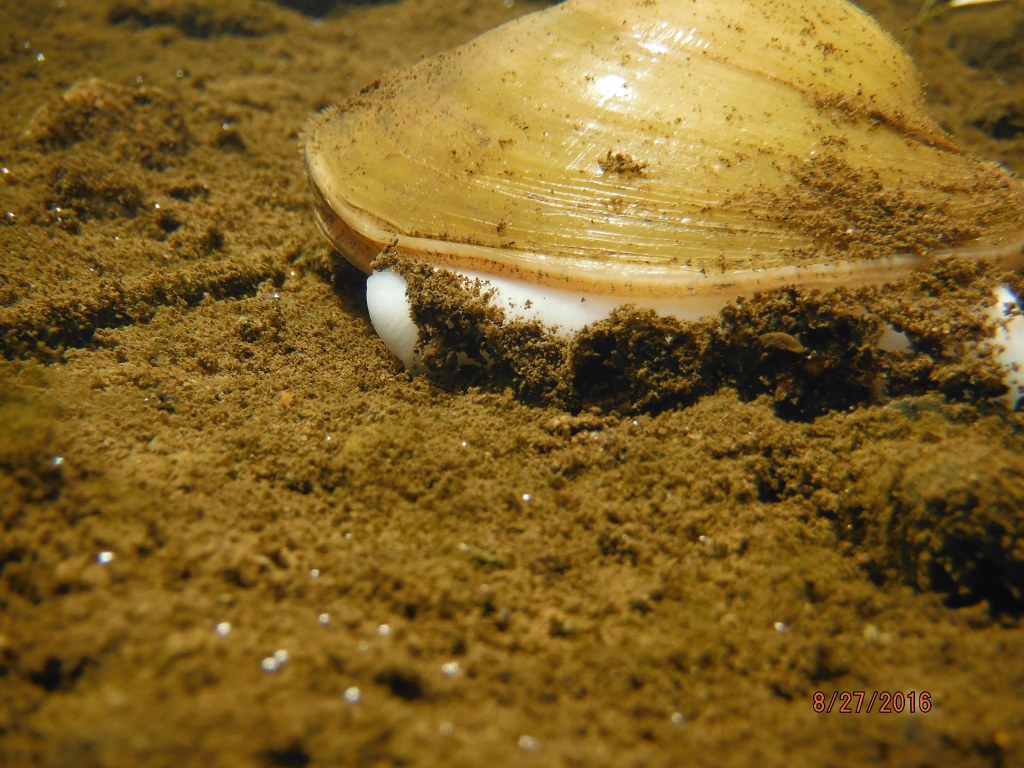
The Kiskiminetas River originates in Saltsburg at the confluence of the Conemaugh River and Loyalhanna Creek. It flows northwest for 27 miles in a meandering course past Avonmore, Apollo, and Leechburg to join the Allegheny River near Freeport.
The river’s name is of Native American origin and has been interpreted to mean Cut Spirit, Plenty of Walnuts, or Make Daylight. This last interpretation was thought to be the cry made by young warriors in haste to enter battle. Arrow heads found near the river have been dated back to 7,000 BC.
Kiskiminetas Old Town, located near the Kiski Valley Water Pollution Control Authority, is the only documented village along the Kiski, although there is evidence for other villages near Apollo and Flat Run.

The river was declared navigable in 1811 after blasting a series of rapids about two miles east of Apollo. The Armstrong County side of the river was chosen for the path of the Pennsylvania Main Line Canal, with construction starting in 1827. Two dams, one near the village of Edmon and another at the mouth of Roaring Run, enabled canal boat travel in the river. At Roaring Run, the boats entered a lock into the canal which extended through Apollo and North Apollo. A dam at Leechburg rendered the river navigable to Leechburg where the boats again entered the canal. The opening of the canal heralded an expansion of trade and industry throughout the Kiski Valley.

The earliest industry along the river was the salt industry, followed by the iron industry. Opened in 1825 along Roaring Run, the Biddle or Rock Furnace is estimated to have consumed around 14,000 acres of trees for charcoal to fuel iron production until its closure in 1852.
Power from the canal was used to fuel the first steel mill in Apollo, and new mills in Vandergrift and Apollo soon followed. Coal mining along the river commenced in the mid 1800’s with mines eventually stretching along both sides of the river for its entire length. While this industrial activity spawned economic prosperity in the valley, the environmental consequences were dire.

Plagued by industrial effluent and abandoned mine drainage, the Kiski flowed orange. Acidity and dissolved metals as well as sedimentation smothered or poisoned the river microorganisms and macroinvertebrates. In 1980, the PA Department of Environmental Resources (now PA Department of Environmental Protection) surveyed fish at the mouth of the Kiski. where they found nothing but a single frog.

Through upstream and local restoration and conservation efforts, the Kiski has undergone a remarkable revival. The 2015 PA Fish and Boat Commission fish survey collected 386 individuals of 28 different species, including some species sensitive to pollution like the mooneye and brook silverside. Recreation has returned to the Kiski with paddling and fishing supported by new outfitters and launch sites.
